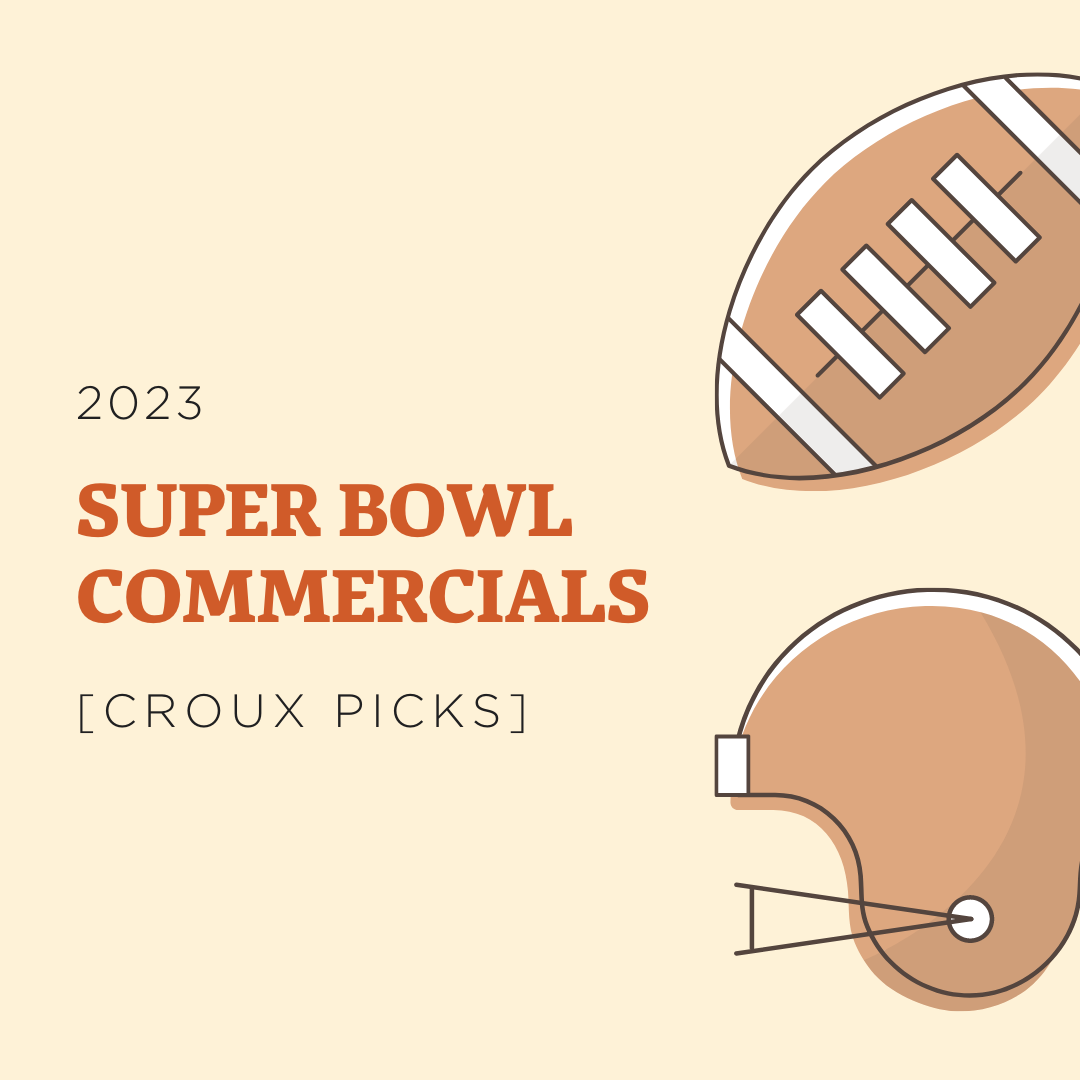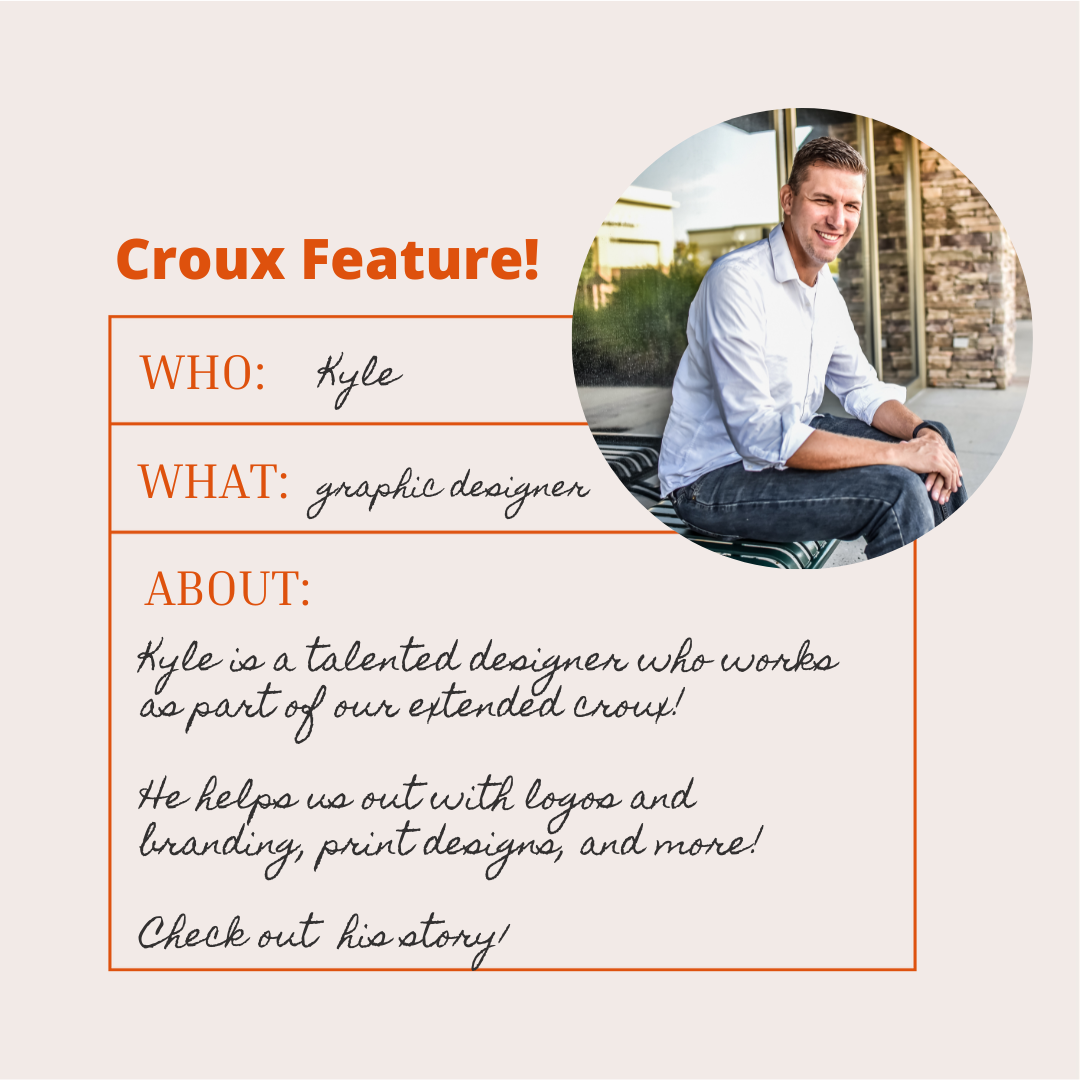Why your business needs a style guide

When you’re starting out in business, branding and marketing are some of the first things you invest in to share your unique story and mission.
Whether you’re DIY-ing it or working with a creative team on those elements, it can be all too easy to just throw spaghetti at the wall, hoping something will stick and determine your brand direction.
Think about it though—do you really want to be careless when it comes to brand recognition? It’s one of the most powerful assets you have to attract new customers, and it’s completely in your control.
When you’ve worked hard to create a distinct identity, you should do everything you can to maintain it. Sound overwhelming? It doesn't have to be. One of the best pieces of advice we offer our clients is to create a style guide for their brands.
Consistency is key when it comes to brand identity, and a style guide is one of the best tools to help you achieve it. Once developed, your style guide will make marketing your business less overwhelming by removing any ambiguity about how your brand should be represented.
What’s your brand identity anyway?
Before you can begin developing your style guide, you must first be in touch with your brand identity.
This includes everything from knowing your company’s philosophy and mission statement back and forth, to nailing the visual elements of your brand, such as the logo, fonts, colors and graphic elements.
Having a firm grasp on your mission is the best way to inform your
voice,
a critical aspect of maintaining consistency.
Have you ever come across messaging from a company that just sounded off? Perhaps the company typically uses light, casual language, and just released a stuffy, formal blog post out of the blue. The difference between the two tones can quickly create a disconnect between the company and its audience.
When a company does something off-brand, it can sow seeds of distrust and skepticism, driving once-loyal customers to the fringes. While it may sound extreme to correlate a change in copywriting tone with a loss of trust, it’s a subtle signal to the customer that this company may not be aligned on their mission.
Similarly, maintaining a consistent visual brand signifies that a company is steady and in control. It trains your audience’s eyes to recognize the brand with simple cues like colors, fonts, or shapes. Think about Nike—nearly everyone recognizes the brand by its signature swoosh, regardless of whether the word “Nike” is included. Similarly, a specific combo of red and yellow are naturally associated with McDonald’s. Visual consistency is a powerful force for brand recognition.
What should your style guide include?
Every style guide is different because, of course, every brand is different.
In general, however, a style guide should always express your company’s mission and philosophy—what you’re all about.
It should then address your written and verbal tones. Are you relaxed or formal? Do you defer to a certain writing style (think AP, MLA, or Chicago style), or are you comfortable using slang?
Additionally, are there any styles unique to your company? For instance, the name of our company—roux—is never capitalized. We also like to have a bit of fun with our Cajun heritage, tossing in fun Southern phrases where appropriate.
Because of this, our company style guide includes a brief glossary of Southern Louisiana slang.
Finally, your style guide should address all visual elements of your brand. Consider the following:
- Fonts: Do you use a particular font in your materials? If so, which one(s)? Your team should be instructed to use only the approved fonts and no others.
- Colors: Do you have brand colors? Provide the specific details, like PMS, CMYK or HEX numbers, and offer guidance on when certain colors should be used. For instance, at roux, we use a very minimal palette in our branding materials, but we have developed some secondary selections for when the occasion calls for it.
- Logos: Every company has a logo, but the brand guidelines don’t end there. Is your logo only allowed to be featured in a certain color or size? Most brands don’t allow their logos to be stretched, cropped or distorted. Provide examples of what to do and perhaps even more importantly, what not to do.
- Trademarks: Does your business have any trademarks or specific phrases or words that you use intentionally? Include these, along with guidance on usage.
Once these are in place, you can share the style guide with your entire team as well as any printers or contractors you might be working with on branding or marketing. People will be grateful for the guidelines, and your branding will thank you, too.
Many businesses are now choosing to publish their style guides online, making it easier to access for both employees and partners. Don’t think of it as proprietary information, but rather a handbook that will allow anyone who might be referencing your business to do so within your style guidelines.
In fact, you may want to peruse the internet for examples of style guides you may wish to emulate. Remember, no style guide is the same, just as no brand is the same. One company might require a 30-page style guide, while another can say what they need to say in 3 pages or less. Some style guides might read strict and formal, while others have fun with design and humor.
The style guide itself—not just the guidelines within it—provides a perfect opportunity to show off your unique brand voice.
If you’re interested in viewing our full roux style guide, you’re welcome to download it here.







